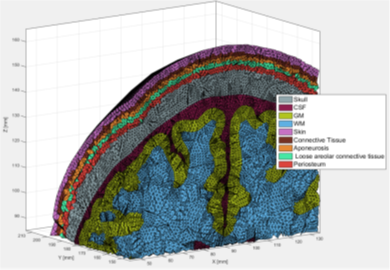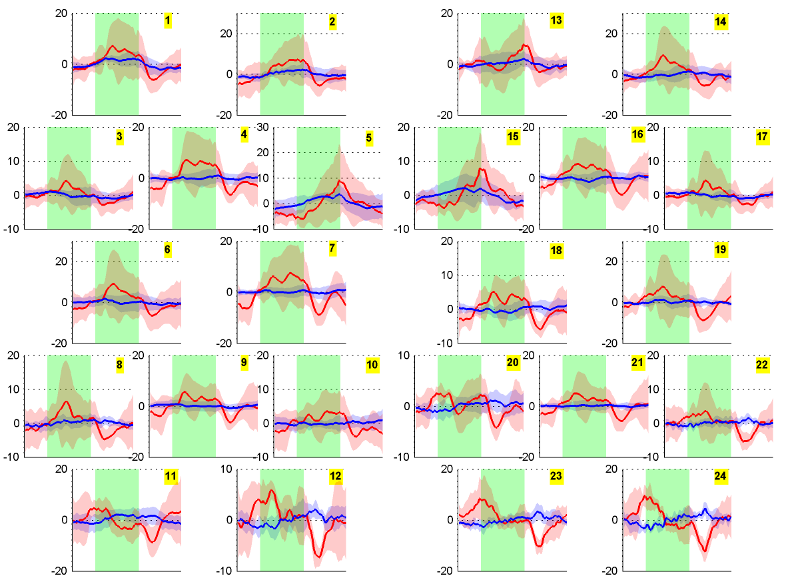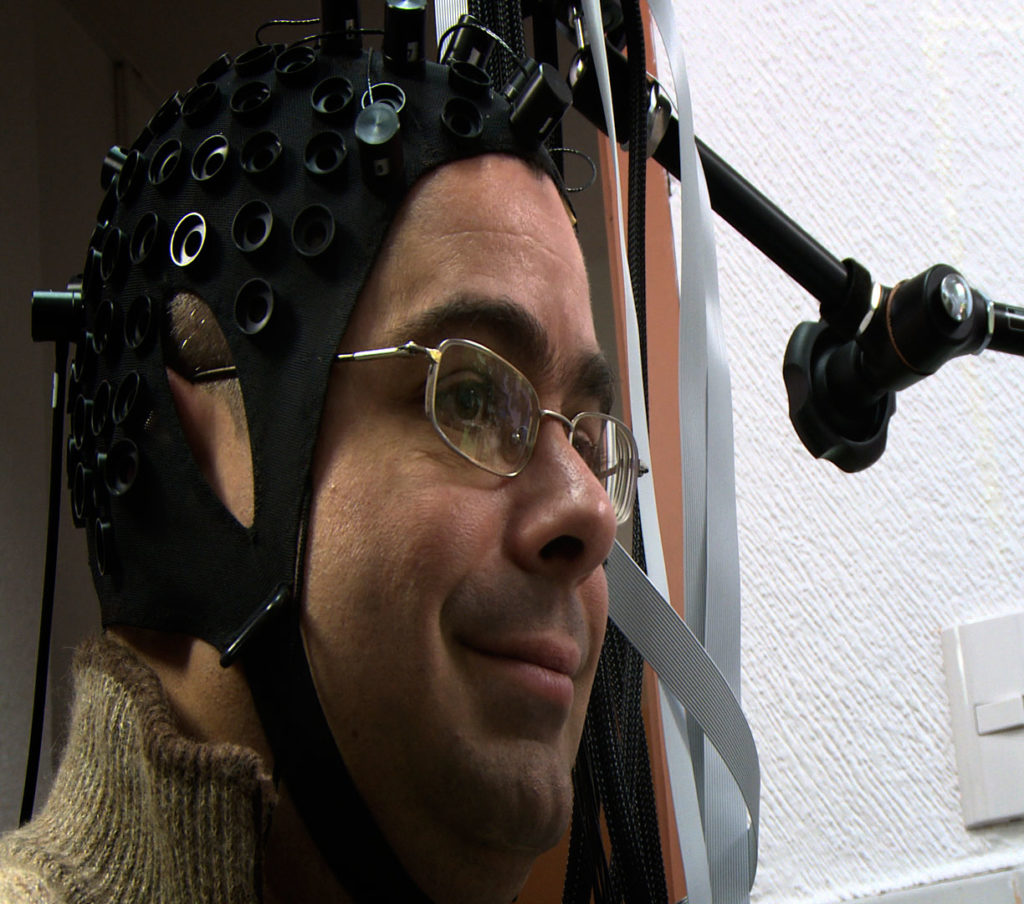This is a summary of the lab’s main research lines. Research lines are broad topics more or less stable that reflect the lab members’ main research interests. For specific funded projects please refer to our Projects page.
The computational approaches

- Topological: We exploit topological spaces such as manifolds to encode observations about brain behaviour and from there answer segregational and integration questions about brain function.
- Statistical: We study the biases present in the fNIRS signal and proposing potential ways to circumvent them or alleviate their impact, improving the signal quality. We are making use of physics based models and Monte Carlo simulations for image reconstruction and develop associative and causal statistical models for analyzing the brain connectivity.
- Neuroinformatics: We are developing OntoNIRS, an ontology aiming at automatic reasoning of optimal experiment design and analysis in fNIRS.
The neuroimaging modalities
- Functional Near-Infrared Spectroscopy (fNIRS): fNIRS uses changes in absorption in infrared light to infer brain hemodynamics. Under the right experimental settings, brain function can be inferred because of the neuromuscular coupling. We have been working in fNIRS for over 15 years now and we have an established reputation in the field.
- Diffuse Correlation Spectroscopy (DCS): We are still new in DCS, but we are learning fast… DCS is another infrared light-based neuroimaging modality which exploits changes in speckle autocorrelations to estimate blood flow to the brain.
- Others: We make occasional incursions in other neuroimaging modalities such as electroencephalography (EEG) and blood oxygen level dependent functional magnetic resonance imaging (BOLD-fMRI), often as a support to our research in the optical modalities.

The applications domains

- Neuroergonomics: We study the brain at work, and in particular in collaboration with Imperial College London, we study the surgeons brain. We seek to understand how the surgeons learn, how do they cope with stressful circumstances, and how they collaborate among others. This information can be used to improve their training, prevent accidents in the opertating theater or improve efficiency and success rates.
- Neurorehabilitation: Following insults such as stroke or trauma, the brain recovers by reorganizing its function. We aim to understand how the brain recovers in order to improve neurorehabilitation therapies.
- Global fNIRS: Initially proposed by the fNIRS groups at University College London and the Martinos center, global fNIRS pushes towards moving neuroimaging technologies from labs and speciality hospital to deployment in remote settings. The challenges are complex, but so it is the price! Global fNIRS efforts can support neurodevelopment in rural areas, help us learn about how socioeconomic factors affect brain function, or support medical practice in economically disfavoured regions.